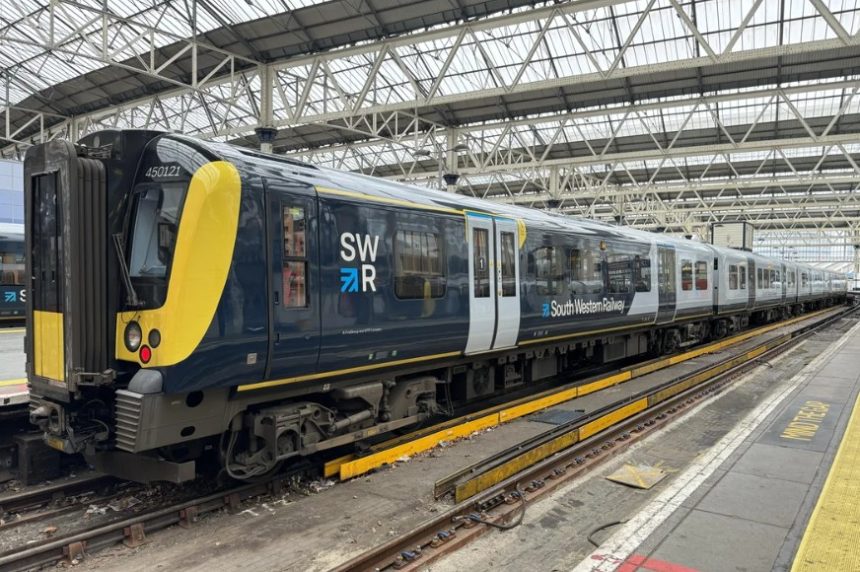South Western Railway Journeys Hit by Speed Restrictions as Dry Weather Warps Tracks
South Western Railway (SWR) passengers are facing fresh travel chaos as unusually dry weather continues to wreak havoc on rail services.
The problem? Clay soil beneath railway embankments is shrinking in the heat. That’s forced Network Rail to reduce train speeds for safety. The result: delays, cancellations, and plenty of frustration.
Disrupted Services
On the key London Waterloo to Exeter St Davids line, SWR has slashed services in half. Just one train is now running every two hours.
Journeys between Templecombe (Somerset) and Exeter are taking up to an hour longer, with trains crawling at 40 mph instead of the usual 85 mph.
East London commuters are not spared either. C2C services between the capital and South Essex have also slowed. Other routes across the South East—Maidstone East to Ashford, Tonbridge to Hastings, and Faversham to Whitstable, are under close scrutiny and may follow suit.
Weather Woes
Temperatures haven’t even reached early-July peaks, but the damage remains. The UK recorded highs of around 34 °C in July, and while it cooled to 27.6 °C in Argyll and Bute yesterday, that was still enough to keep pressure on the rails.
The Met Office warns that this summer’s persistent dryness is pushing the UK towards one of its hottest summers on record. Spring was also among the driest in 50 years, adding to the strain. Experts believe the dry weather could linger, prolonging travel disruption and soil damage.
Emily Carlisle, a climate scientist at the Met Office, said: “What’s striking is the consistency of the warmth. June and July were both well above average, and even outside of heatwaves, temperatures have remained on the warmer side.”
The Railway Response
Simon Milburn, infrastructure director for Network Rail Anglia, said: “Our teams are working together to keep running the best possible service for passengers.”
SWR admitted a quick fix isn’t viable: “Attempting to stabilise the track now would only provide a short-lived fix, as the soil continues to move.”
It confirmed: “Once soil moisture levels improve and the ground begins to rehydrate and settle, engineers will carry out lasting repairs to stabilise the embankments and restore track levels, allowing the normal timetable to return.”
For now, commuters and holidaymakers face sluggish services, fewer trains, and longer travel times.
It’s ironic. In Britain, rail disruption usually comes from floods, not drought. Yet here we are, watching another example of our infrastructure buckling under climate extremes.
South Western Railway crisis is a stark warning: in a warming world, dry spells can be just as destructive as deluges.






